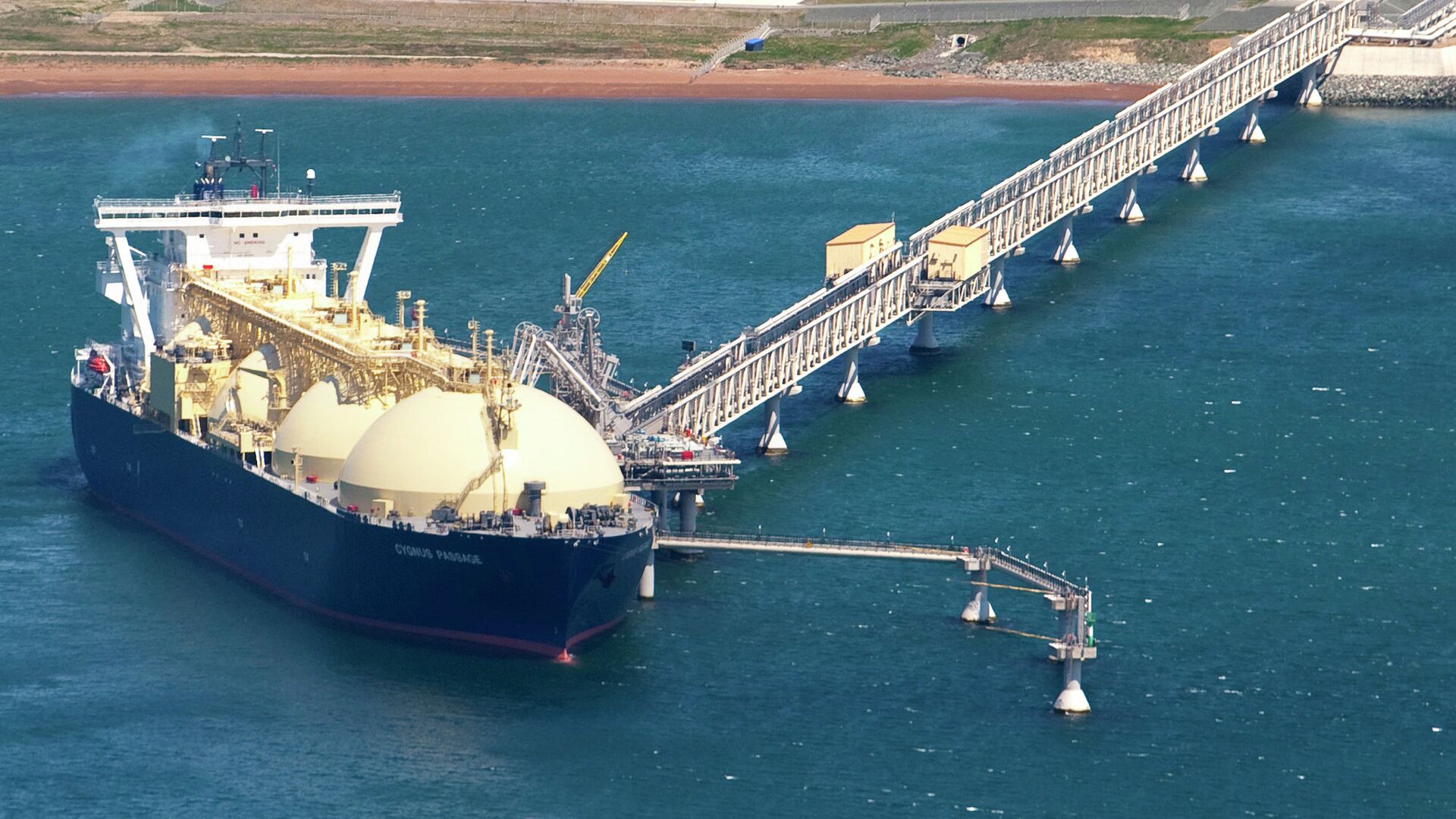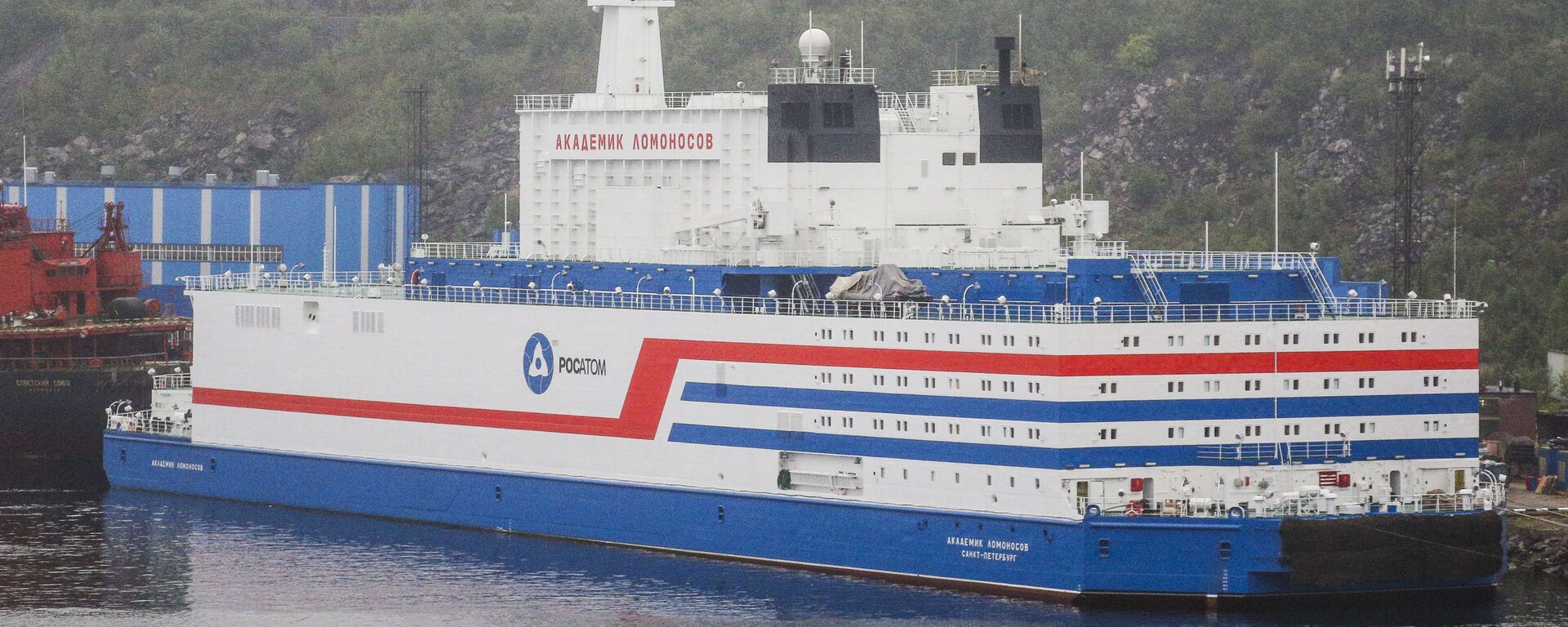https://sputniknews.in/20241125/russias-far-east-opens-new-opportunities-for-indian-businesses--investment-8440867.html
Russia's Far East Opens New Opportunities for Indian Businesses and Investment
Russia's Far East Opens New Opportunities for Indian Businesses and Investment
Sputnik India
Indian investments and the Chennai-Vladivostok corridor could transform Russia's Far East into an economic hub, creating trade opportunities in seafood... 25.11.2024, Sputnik India
2024-11-25T19:45+0530
2024-11-25T19:45+0530
2024-11-25T21:13+0530
sputnik opinion
vladimir putin
india
vladivostok
russia
russia's far east
chennai–vladivostok maritime corridor
chennai
delhi
new delhi
https://cdn1.img.sputniknews.in/img/07e8/0b/19/8442371_0:1273:2000:2398_1920x0_80_0_0_116cbc40e8965db4647649f9cd38bb73.jpg
Russia's Far East has presented opportunities for foreign investment since the mid-2010s, particularly from 2015 onward, with a series of preferential regimes introduced to target both domestic and foreign investors, Artyom Lukin, a professor of international politics at the Far Eastern Federal University in Vladivostok, told Sputnik India on Monday.He revealed that there is no distinction between Russian and foreign entities in this regard — anyone investing in the economy of the Far East is entitled to certain benefits.Additionally, a special law on international advanced development territories is currently under discussion in the State Duma and is expected to be adopted in the coming months. This law specifically aims to attract foreign investors, welcoming them on favorable terms, he noted.However, Russia has yet to see a significant influx of foreign investments into its Far East, Lukin highlighted.He believes that investors base their decisions on a balance of potential profits versus risks. If the potential profits significantly outweigh the risks, they will invest. Conversely, if risks dominate, investments won't materialise. Unfortunately, it seems that, for now, perceived risks outweigh potential gains.India has invested significantly in the region, with the Oil and Natural Gas Corporation's (ONGC) involvement in the Sakhalin-1 project standing as the largest Indian investment in the region, the academic underlined. ONGC, which joined the project in the mid-1990s, has continued its participation despite sanctions.The region is opened for foreign investment, particularly from friendly nations, including India, Lukin said. He emphaisised that Indian Consulate General in Vladivostok, which serves the entire region, offers crucial consular support to Indian businesses. The local governments, including those in Primorsky Krai and other regions, would also be eager to welcome Indian investors, whether small, medium, or large-scale.Indian interest, like that of other countries, primarily revolves around Russian raw materials, including timber, coking coal, and seafood, Lukin underscored. He also mentioned an attempt to establish a coal enterprise on the Kamchatka Peninsula with Indian investments, which, however, was unsuccessful.Lukin remarked that seafood holds great potential, as the Russian Far East is renowned for its high-quality, environmentally friendly products like fish, crabs, and squid, which could appeal to the Indian market, currently underdeveloped in terms of seafood consumption.Another link between the two regions is the increasing number of Indian students coming to study in the region, the professor stressed.The university's Indology department ensures the presence of individuals familiar with India and proficient in Hindi, he further disclosed, making the region ready for business interactions with India and facilitating smoother communication and collaboration.Moreover, the establishment of a direct maritime corridor between Vladivostok and Chennai is a positive development, he suggested.While direct transportation between the Far East and India has existed to some extent — such as crude oil shipments from Sakhalin — this initiative aims to establish a regular container shipping line. Currently, containers often travel through intermediate hubs like Shanghai or Vietnam before reaching their destination, the expert observed.
https://sputniknews.in/20240906/what-does-india-gain-from-russias-far-east-development-8116785.html
india
vladivostok
russia
russia's far east
chennai
delhi
new delhi
moscow
Sputnik India
feedback.hindi@sputniknews.com
+74956456601
MIA „Rossiya Segodnya“
2024
Pawan Atri
https://cdn1.img.sputniknews.in/img/07e6/0c/13/139630_147:0:831:684_100x100_80_0_0_8fa2b25903e7787fe6a2698552c167df.png
Pawan Atri
https://cdn1.img.sputniknews.in/img/07e6/0c/13/139630_147:0:831:684_100x100_80_0_0_8fa2b25903e7787fe6a2698552c167df.png
News
en_IN
Sputnik India
feedback.hindi@sputniknews.com
+74956456601
MIA „Rossiya Segodnya“
Sputnik India
feedback.hindi@sputniknews.com
+74956456601
MIA „Rossiya Segodnya“
Pawan Atri
https://cdn1.img.sputniknews.in/img/07e6/0c/13/139630_147:0:831:684_100x100_80_0_0_8fa2b25903e7787fe6a2698552c167df.png
vladimir putin, india, vladivostok, russia, russia's far east, chennai–vladivostok maritime corridor, chennai, delhi, new delhi, moscow, russian economy, indian economy, sea trade, trade corridor, rupee-rouble trade, trade in national currencies
vladimir putin, india, vladivostok, russia, russia's far east, chennai–vladivostok maritime corridor, chennai, delhi, new delhi, moscow, russian economy, indian economy, sea trade, trade corridor, rupee-rouble trade, trade in national currencies
Russia's Far East Opens New Opportunities for Indian Businesses and Investment
19:45 25.11.2024 (Updated: 21:13 25.11.2024) Indian investments and the Chennai-Vladivostok corridor could transform Russia's Far East into an economic hub, creating trade opportunities in seafood, timber, and coal, an expert said.
Russia's Far East has presented opportunities for foreign investment since the mid-2010s, particularly from 2015 onward, with a series of preferential regimes introduced to target both domestic and foreign investors, Artyom Lukin, a professor of international politics at the Far Eastern Federal University in Vladivostok, told Sputnik India on Monday.
He revealed that there is no distinction between Russian and foreign entities in this regard — anyone investing in the economy of the Far East is
entitled to certain benefits.
"First and foremost, special 'advanced development territories' were established, offering reduced taxes, simplified administrative and regulatory processes, and the creation of the 'Free Port of Vladivostok'," Lukin said.
Additionally, a special law on international advanced development territories is currently under discussion in the State Duma and is expected to be adopted in the coming months. This law specifically aims to attract foreign investors, welcoming them on favorable terms, he noted.
However, Russia has yet to see a significant influx of foreign investments into its Far East, Lukin highlighted.
He believes that investors base their decisions on a balance of potential profits versus risks. If the potential profits significantly outweigh the risks, they will invest. Conversely, if risks dominate, investments won't materialise. Unfortunately, it seems that, for now, perceived risks outweigh potential gains.
India has invested significantly in the region, with the
Oil and Natural Gas Corporation's (ONGC) involvement in the Sakhalin-1 project standing as the largest Indian investment in the region, the academic underlined. ONGC, which joined the project in the mid-1990s, has continued its participation despite sanctions.
"Other Indian investments in the Far East are relatively minor. For instance, a tea packaging factory was established in Vladivostok a few years ago, importing Indian tea for local packaging and distribution. There is also a small diamond-cutting workshop owned by Indian investors, but it operates more like a small-scale enterprise," Lukin emphasised.
The region is opened for foreign investment, particularly from friendly nations, including India, Lukin said. He emphaisised that Indian Consulate General in Vladivostok, which serves the entire region, offers crucial consular support to Indian businesses. The local governments, including those in Primorsky Krai and other regions, would also be eager to welcome Indian investors, whether small, medium, or large-scale.
Indian interest, like that of other countries, primarily revolves around Russian raw materials, including
timber, coking coal, and seafood, Lukin underscored. He also mentioned an attempt to establish a coal enterprise on the
Kamchatka Peninsula with Indian investments, which, however, was unsuccessful.
Lukin remarked that seafood holds great potential, as the Russian Far East is renowned for its high-quality, environmentally friendly products like
fish, crabs, and squid, which could appeal to the Indian market, currently underdeveloped in
terms of seafood consumption.
Another link between the two regions is the increasing number of Indian students coming to study in the region, the professor stressed.
"At the Far Eastern Federal University, Indian students make up the second-largest group of international students, after the Chinese, with most pursuing medical education. Thanks to these students, a vibrant young Indian diaspora has formed, and some are already, or will likely soon be, developing business connections between the Russian Far East and India," Lukin said.
The university's Indology department ensures the presence of individuals familiar with India and proficient in Hindi, he further disclosed, making the region ready for business interactions with India and facilitating smoother communication and collaboration.
Moreover, the establishment of a direct maritime corridor between
Vladivostok and Chennai is a positive development, he suggested.
While direct transportation between the Far East and India has existed to some extent — such as crude oil shipments from Sakhalin — this initiative aims to establish a regular container shipping line. Currently, containers often travel through intermediate hubs like Shanghai or Vietnam before reaching their destination, the expert observed.
"The idea behind the Vladivostok-Chennai corridor is to establish a direct, scheduled container shipping service, with weekly departures from Vladivostok to India. This proposal has been under discussion for several years and is slowly progressing toward realisation. Such a direct line would provide a significant boost to economic ties between India and the Russian Far East and strengthen overall Russia-India relations. Goods shipped from Vladivostok could also be transported across Russia via the Trans-Siberian Railway, expanding the reach of trade networks," Lukin concluded.



